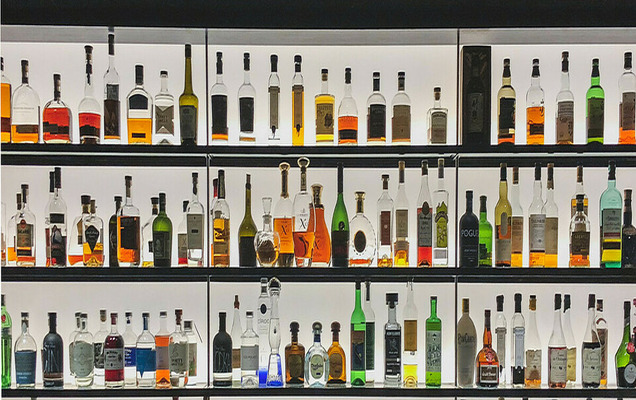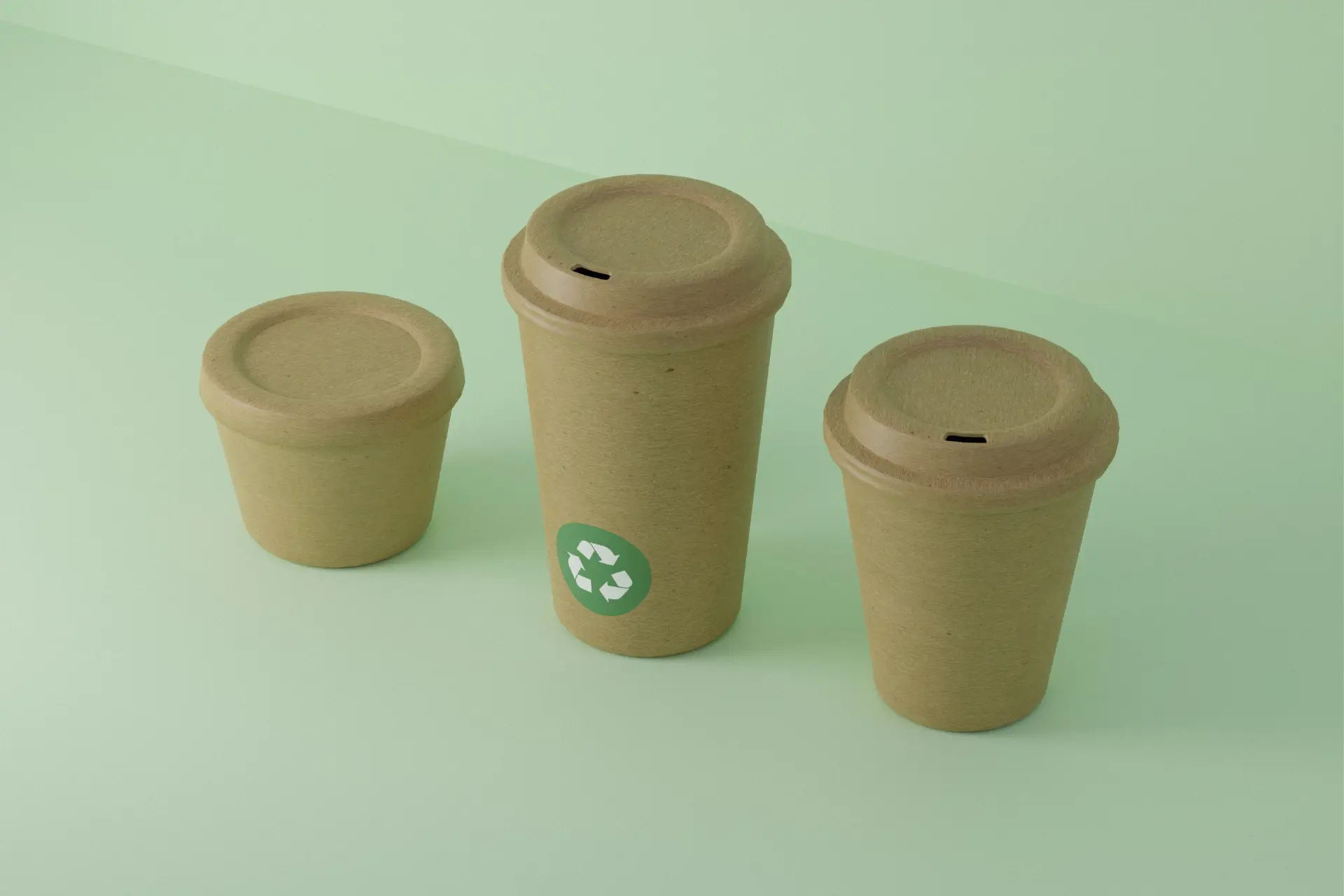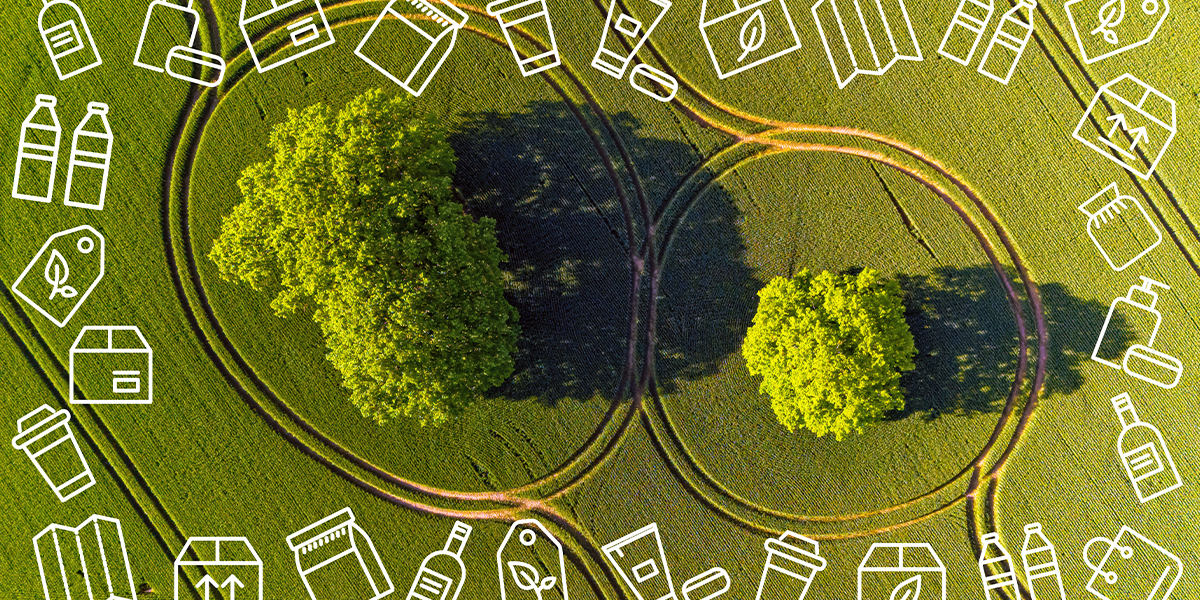Wine and spirit bottles must reflect the brand and stand out
Nowadays, visual impact is becoming increasingly important. Our lives are hectic and there is an endless choice of beverage products. We are attracted by what stands out, by products that are different from others.
This is also the case when buying wine or spirits: quality remains essential, but if we don’t have a favourite brand, not connoisseurs, and we are in a hurry, we take the alcoholic beverage with the packaging that stands out the most.
The packaging includes the label, the bottle and the box (secondary and tertiary packaging).
The label has three core functions.
- legislative: it must contain all the market regulatory information. Compliance with regulatory requirements is critically important to avoid product recalls, which have a negative impact on brand reputation and sales.
- communication: it must attract attention and create appeal with its design and texture. It must stand out and differentiate from other wines and spirits to drive the consumer to buy your product.
- informative: it must contain those details that can help the consumer to confirm their choice. This marketing information is placed around the regulatory information and can include serving temperature, additional information about the brand and anything else that can engage the consumer and goes beyond the visual impact.
The bottle, usually made from glass is the material used by almost all wines and spirits producers, as this material keeps the product unaltered. Recently, however, numerous formats are becoming more widespread, to meet different needs and occasions of use.
The box, the secondary packaging is also often used for gifts and for displaying wines and the tertiary packaging is used for transport. Brands often use it to convey their values and identity: wood for those who are tied to tradition, recycled materials for those committed to sustainability, bright colours for young producers who want to express a fresh and different personality.
But how can the complexity of this market be managed?
Alcoholic brands need to stand out from the crowd, while remaining true to their values and identity. They have to study communication and create original packaging. To do this requires resources and time.
In this process, it is useful to start digitising label and packaging artwork: organising text and visual elements, managing graphic projects through collaboration and aiming for efficiency, speeding up revision approval flows to respond promptly to market needs.
This optimisation, coupled with centralised data management, means more time can be spent sharing ideas, nurturing creativity and innovation, which is key to attracting consumer attention and ultimately driving sales.
4Pack is the software that offers valuable support in artwork management and detailed specification management.
Download the brochure dedicated to spirits and contact us for more information.



